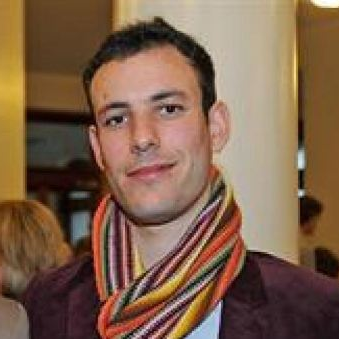Mathematical and Numerical Modeling of Water Waves
A special issue of Fluids (ISSN 2311-5521). This special issue belongs to the section "Mathematical and Computational Fluid Mechanics".
Deadline for manuscript submissions: closed (1 May 2021) | Viewed by 53793
Special Issue Editors
Interests: ocean waves; rogue waves; wave–structure interaction; wave–ice interaction; ocean dynamics
Special Issues, Collections and Topics in MDPI journals
Interests: bubble acoustics; fluid dynamics; ocean wave-power; wave modelling and wave-induced processes; applied mathematics
Special Issues, Collections and Topics in MDPI journals
Special Issue Information
Dear Colleagues,
Water waves are commonly used as example of waves but “have all the complications that waves can have” as Prof Richard Feynman pointed out in his Lectures on Physics. Starting from the mid 19th century, fundamental wave theories for deep and shallow waters were formulated providing a mathematical framework for applications in physics and engineering. This Special Issue of Fluids collects reviews and original research on recent developments in the mathematical and numerical modeling of water waves phenomena. Specific topics may include wave breaking, nonlinear wave propagation, spectral wave modeling, wave turbulence, rogue waves, solitary waves, wave–current interaction, wave–structure interaction, and wave energy conversion.
Dr. Alberto Alberello
Prof. Dr. Richard Manasseh
Guest Editors
Manuscript Submission Information
Manuscripts should be submitted online at www.mdpi.com by registering and logging in to this website. Once you are registered, click here to go to the submission form. Manuscripts can be submitted until the deadline. All submissions that pass pre-check are peer-reviewed. Accepted papers will be published continuously in the journal (as soon as accepted) and will be listed together on the special issue website. Research articles, review articles as well as short communications are invited. For planned papers, a title and short abstract (about 100 words) can be sent to the Editorial Office for announcement on this website.
Submitted manuscripts should not have been published previously, nor be under consideration for publication elsewhere (except conference proceedings papers). All manuscripts are thoroughly refereed through a single-blind peer-review process. A guide for authors and other relevant information for submission of manuscripts is available on the Instructions for Authors page. Fluids is an international peer-reviewed open access monthly journal published by MDPI.
Please visit the Instructions for Authors page before submitting a manuscript. The Article Processing Charge (APC) for publication in this open access journal is 1800 CHF (Swiss Francs). Submitted papers should be well formatted and use good English. Authors may use MDPI's English editing service prior to publication or during author revisions.
Keywords
- water waves
- surface waves
- ocean waves
- wave modeling
- CFD
Benefits of Publishing in a Special Issue
- Ease of navigation: Grouping papers by topic helps scholars navigate broad scope journals more efficiently.
- Greater discoverability: Special Issues support the reach and impact of scientific research. Articles in Special Issues are more discoverable and cited more frequently.
- Expansion of research network: Special Issues facilitate connections among authors, fostering scientific collaborations.
- External promotion: Articles in Special Issues are often promoted through the journal's social media, increasing their visibility.
- e-Book format: Special Issues with more than 10 articles can be published as dedicated e-books, ensuring wide and rapid dissemination.
Further information on MDPI's Special Issue polices can be found here.






